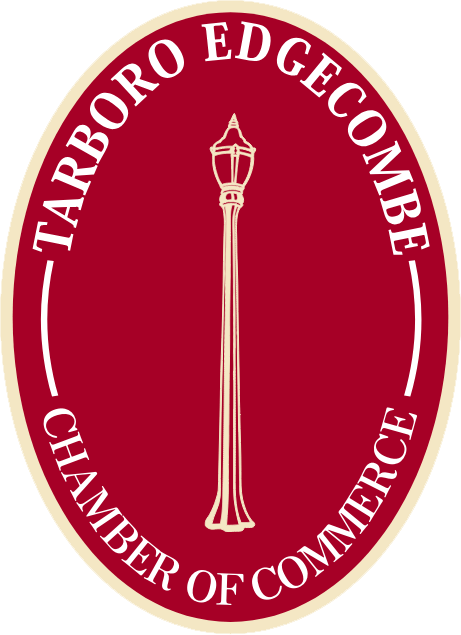If you’ve ever tried to push a vendor contract through the corporate machine, you already know how easily things grind to a halt. What starts as a simple agreement can morph into a drawn-out legal saga with layers of approvals and competing priorities. Procurement, despite its importance, often gets bogged down by outdated processes, fear of risk, and over-engineered workflows. But that doesn’t have to be your reality. Simplification is possible when you apply some modern strategies designed to remove friction without cutting corners. Whether you’re part of a lean startup or a sprawling enterprise, rethinking the vendor journey can save you months of headaches.
Pre-Vetting Vendors to Cut Down Review Cycles
One of the biggest time sinks in procurement is the repetitive review of vendors who offer services you’ve already bought from a dozen times. A smarter approach is to build and maintain a pre-vetted vendor pool. This isn’t just a basic vendor list—it’s a database of companies whose contracts, compliance documents, and risk assessments are already reviewed and cleared. When teams need to onboard a vendor from the list, procurement simply pulls up the pre-approved documentation and applies fast-track processing. This shifts procurement’s role from endless gatekeeping to curating and updating a library of trusted partners, cutting review cycles in half.
Bringing Procurement into the Digital Age
If you’re still chasing down wet signatures and mailing paper contracts back and forth, it’s time to take a look at how e-signing can transform your procurement process. E-signing isn’t just faster—it’s the most advanced and secure method of obtaining legally binding signatures, ensuring every signed document has a clear, auditable trail. With digital signing, you’re required to use your own unique digital certificate and PIN, validating your credentials and proving you’re exactly who you claim to be before any signature is applied. This extra layer of security doesn’t just protect your company—it also reassures vendors that agreements are authentic, verified, and backed by encryption technology designed for modern business.
Embracing Tiered Approvals to Match Risk to Review
A universal approval process for every purchase, no matter how small, is a recipe for bottlenecks. If a $5,000 software tool gets the same scrutiny as a $5 million logistics contract, you’re overengineering your procurement process. A smarter approach is to create tiered approval paths tied directly to risk and value. Small, low-risk purchases should require minimal documentation and only one level of approval. Higher-risk agreements—those touching customer data, regulatory requirements, or core business operations—can trigger more thorough reviews. This graduated approach frees up time, reduces administrative clutter, and keeps high-stakes deals under appropriate oversight.
Leveraging Contract Libraries to Avoid Reinventing the Wheel
One of the least talked-about procurement pain points is the constant recreation of nearly identical contracts. When every agreement is treated as a bespoke document, you lose time negotiating terms you’ve already settled in past deals. Instead, build a searchable contract library—one that doesn’t just store documents, but also tags them by category, vendor type, and negotiated clauses. When legal or procurement teams start drafting a new agreement, they can pull from this library and apply terms that have already been approved. This avoids endless renegotiations and gives vendors a sense of consistency, which in turn speeds up their reviews.
Embedding Procurement Into Project Planning from Day One
Many procurement headaches stem from the fact that procurement is treated as a final hurdle rather than an integrated part of project planning. When procurement only gets involved after a vendor is selected, they’re left cleaning up scope gaps, undefined service levels, or misaligned expectations. By embedding procurement into initial project scoping—before vendors are even contacted—you ensure requirements, budget, and contractual needs are clearly defined. This proactive alignment reduces revisions, speeds up contract negotiations, and ensures vendors understand exactly what’s expected from the start.
Standardizing Vendor Scorecards for Faster Decisions
A surprising number of vendor selections drag on not because of external negotiations, but because internal stakeholders can’t agree on who to pick. To break this logjam, create standardized vendor scorecards that all teams use to evaluate proposals. These scorecards should focus on the criteria that truly matter—price, performance, compliance, and cultural fit—rather than subjective preferences or gut feelings. When every vendor is scored against the same criteria, decisions become clearer, faster, and less prone to last-minute second-guessing. Scorecards also create an audit trail, showing why a vendor was chosen if the decision is ever questioned later.
Turning Vendor Portals into Collaboration Hubs
Vendor portals often function as document repositories, but they can do much more. Modern procurement platforms can become real-time collaboration hubs where procurement, legal, finance, and the vendor itself work together on agreements. Instead of trading redlines in email threads or offline Word docs, all negotiations, comments, and revisions happen in one shared space. This transparency speeds up reviews, reduces duplicate efforts, and creates a permanent record of how decisions were made. Vendors also appreciate this visibility, as it gives them insight into where the process stands and what’s needed next.
Simplifying procurement and vendor agreements isn’t just about cutting steps—it’s about injecting clarity, flexibility, and intentionality into every part of the process. When you shift procurement from a reactive, paper-pushing function to a proactive partner in vendor strategy, you remove unnecessary obstacles without sacrificing oversight. From building pre-vetted vendor pools to embedding procurement into project design, every step you simplify makes your organization more agile, responsive, and capable of closing deals faster. Procurement doesn’t have to be a roadblock—it can be a competitive advantage if you’re willing to rethink how it works.

